Sunscreen helps protect your skin from the dangerous ultraviolet (UV) rays of the sun. Some products work by scattering sunlight and reflecting it away from the skin, while others absorb those UV rays before they penetrate the skin. There are two main types of ultraviolet rays that can damage the skin. UVA, the rays which do not cause sunburn, but can contribute to skin aging. And UVB rays, which cause sunburn and can contribute to skin cancer.
Most people choose their sunscreen solely based on the SPF (sun protection factor). SPF indicates protection from a fraction of sunburn-producing UVB rays that reach the skin. However, it does not show how much protection you get from UVA, which may also cause skin damage. Using a product with SPF30, for instance, does not guarantee complete protection from skin damage, just because it enables only 1/30th of the UVB rays to reach the skin.
Broad-Spectrum Protection
Dermatologists recommend that when choosing the best sunscreen, it is important to consider other key factors, such as effectiveness and safety of the active ingredients of the product. In general, it is best to choose sunscreens that can provide broad-spectrum protection, which can shield your skin from both UVA and UVB rays.
Consider safety of the product’s active ingredients
Many sunscreen products contain chemical filters, which may cause skin reactions and toxic side effects. Try to avoid using products that contain the following chemicals:
- Avobenzone – a UVA-blocker that is also called Parsol 1789, which breaks down when exposed to sunlight and must be stabilized by other chemicals such as octocrylene
- Homosalate – a weak hormone disruptor, which also breaks down into harmful by-products when exposed to sunlight
- Octinoxate – an emulsifier that helps stabilize other ingredients when exposed to sunlight, but may increase estrogen production and decrease thyroid hormone function
- Octisalate – an organic compound that emits a mild floral fragrance and is combined with salicylic acid, which has been associated with reproductive and developmental toxicity
- Octocrylene – an organic compound that may cause allergic reactions in sensitive skin
- Oxybenzone – a chemical that is used to stabilize avobenzone, but can get into your bloodstream and mimic estrogen in your body. It can also trigger allergic skin reactions.
- Retinyl Palmitate – a type of vitamin A that is used to help prevent skin ageing, but has been associated with an increased risk of developing skin tumors
Try to look for sunscreens that contain mineral ingredients
- Titanium dioxide or zinc oxide, which do not penetrate the skin and are less expensive than newer ingredients. Because these ingredients are not absorbed into the bloodstream, they are also safe for use in babies and young children. Just be sure that they are used with inert chemicals that reduce photoactivity and prevent skin damage.
More Safety Tips
When you look at the list of ingredients in a bottle of sunscreen, you will find that there are many other ingredients included to enhance the product’s quality, such as fragrance or creaminess. These inactive ingredients may also have undesirable effects, so it’s best to watch out for sunscreen products that contain the following:
- Butylated hydroxyanisole (BHA) and butylated hydroxytoluene (BHT), which are widely used as preservatives, but are suspected to be endocrine disruptors and a cause of cancer
- Parabens, which are used as preservatives, but are suspected to be endocrine disruptors
- Parfum or fragrance, which may be found even in “unscented” products and can trigger allergies or asthma and are sometimes linked to neurotoxicity and cancer
- Polyethylene glycol, which is used in as cream bases, but can cause cancer
- Petrolatum, a common ingredient used as a moisture barrier, but which may be contaminated with cancer-linked polycyclic aromatic hydrocarbons
Other sunscreens also incorporate ingredients that enhance their use, aside from sun protection. For instance, some include harmful tanning oils or bug repellents to attract buyers who might want these added uses. It is best to stay away from these sunscreens if you are not sure about the effects they may have on your health.
Which Sunscreen Should You Choose?
Choosing a skin product to protect your skin from harmful UV rays should not be complicated. In summary, it is best to select a broad-spectrum product that can shield you from both UVA and UVB rays and have effects that allow you to stay protected longer under the sun. This means that a product with a higher SPF value (15-30) is acceptable for minimum protection, but select higher SPFs for longer sun exposures.
Select a product whose active ingredients include mainly titanium dioxide or zinc oxide, which do not penetrate the skin and are safe even for children. Avoid those that include lots of preservative, perfumes and other stabilizers that may cause adverse reactions.
Lastly, use your sunscreen as advised by your doctor or according to directions found on the product and enjoy your day in the sun.
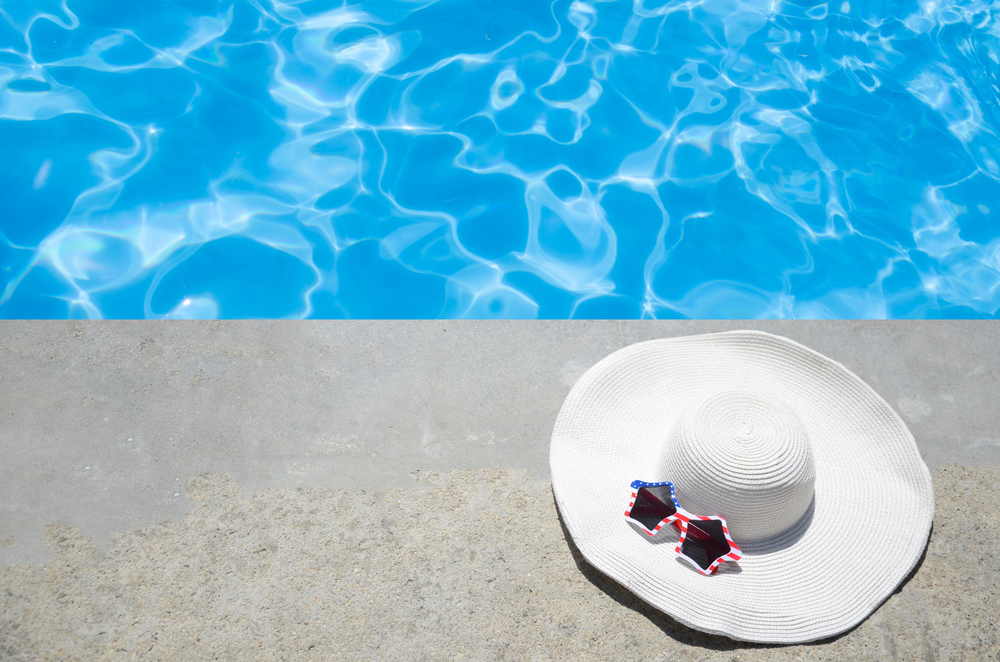












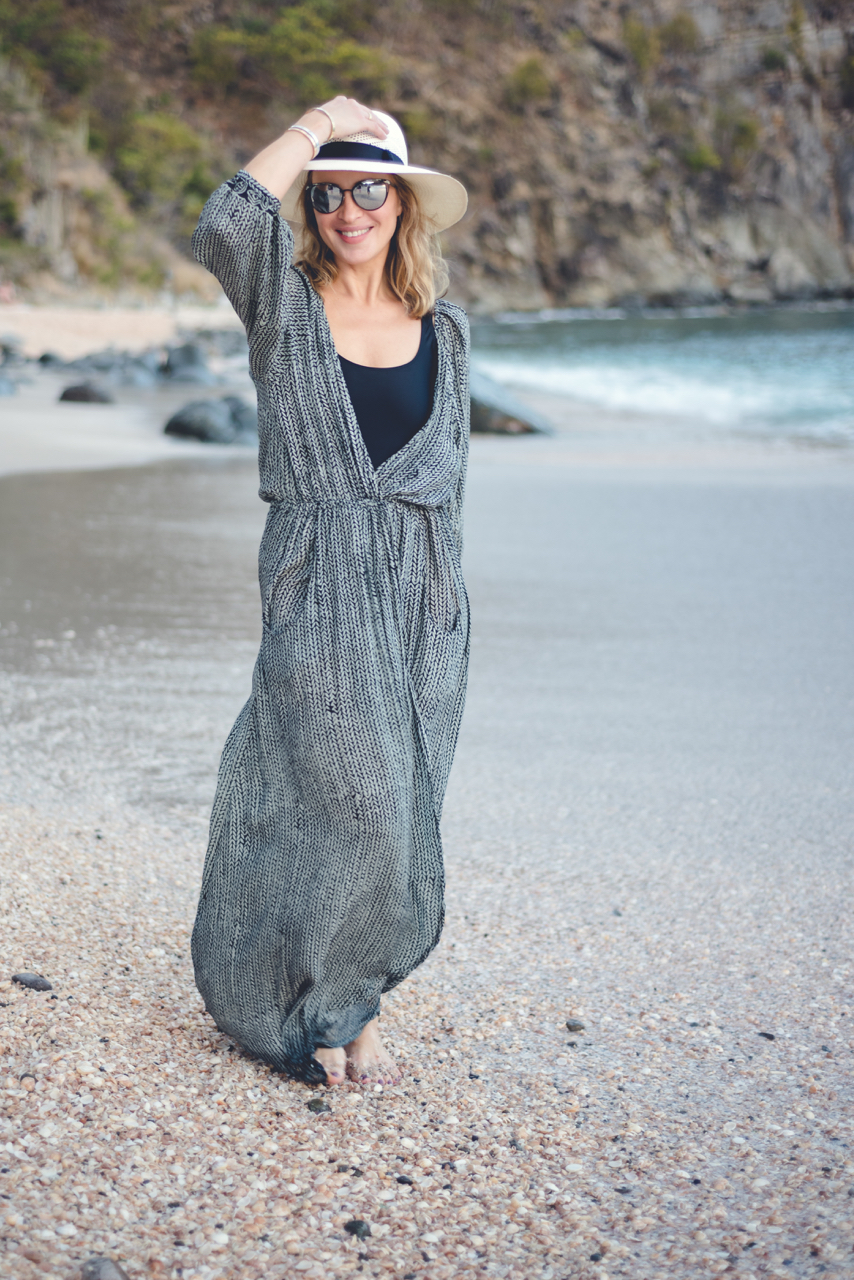
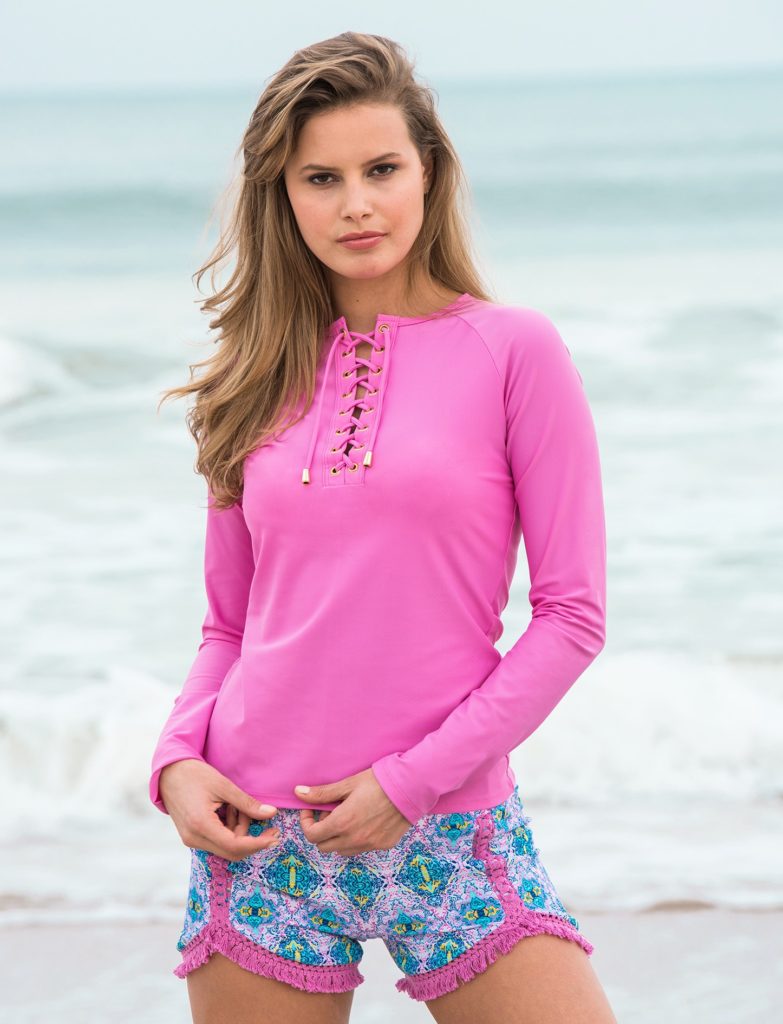
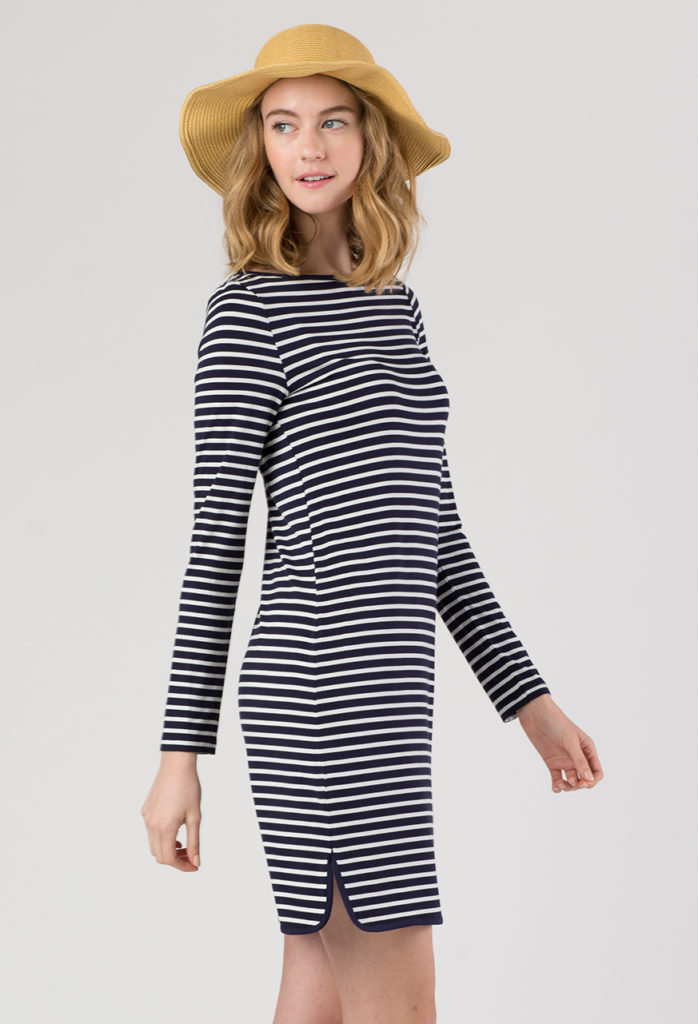
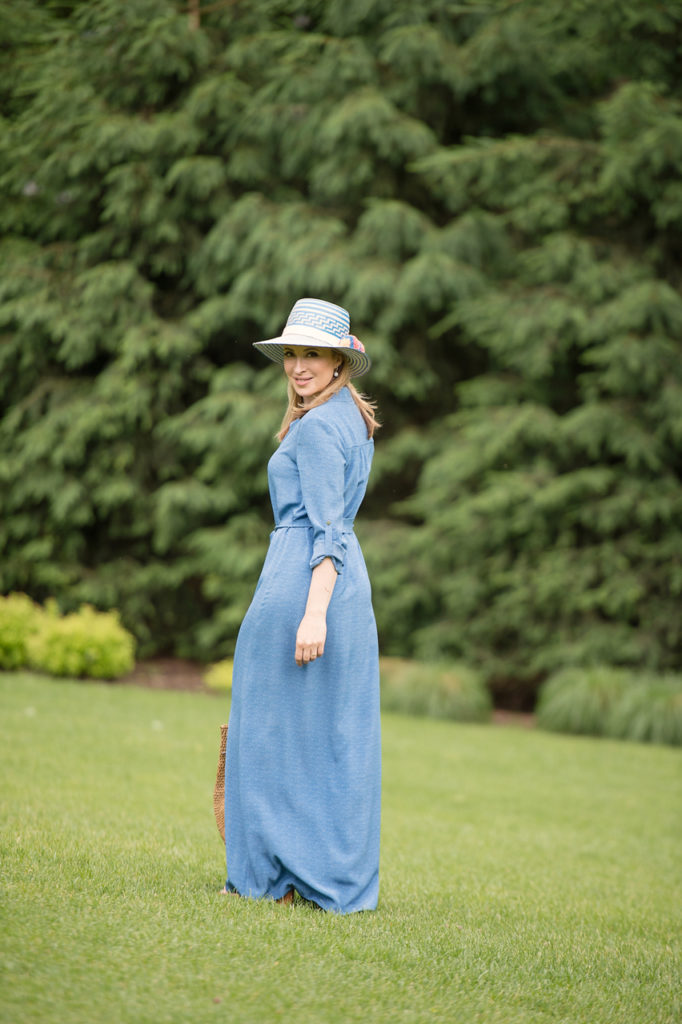


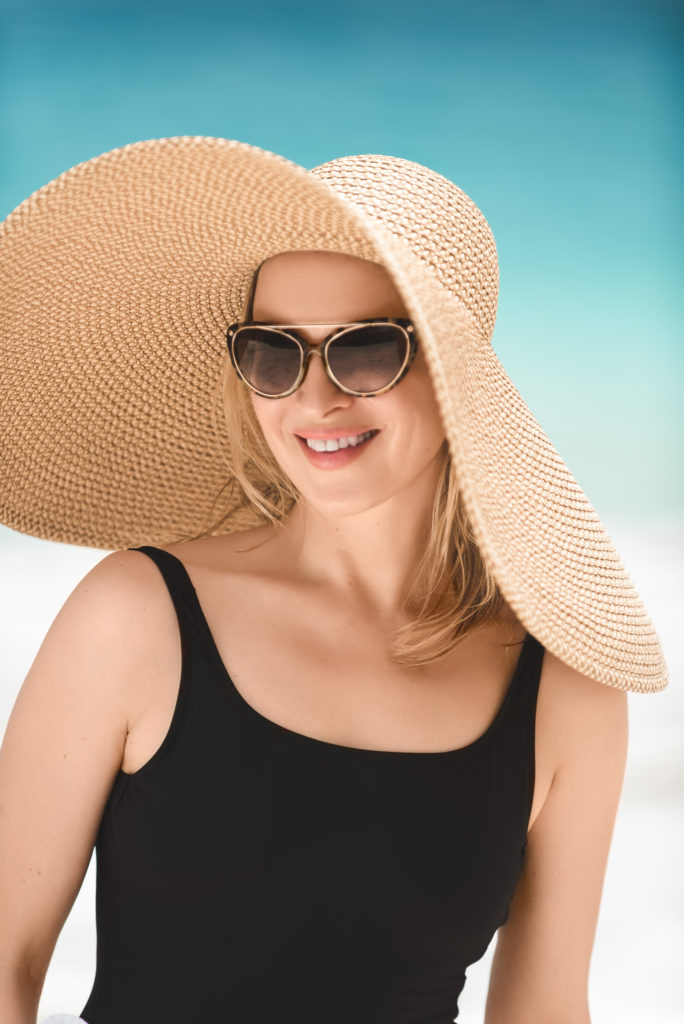


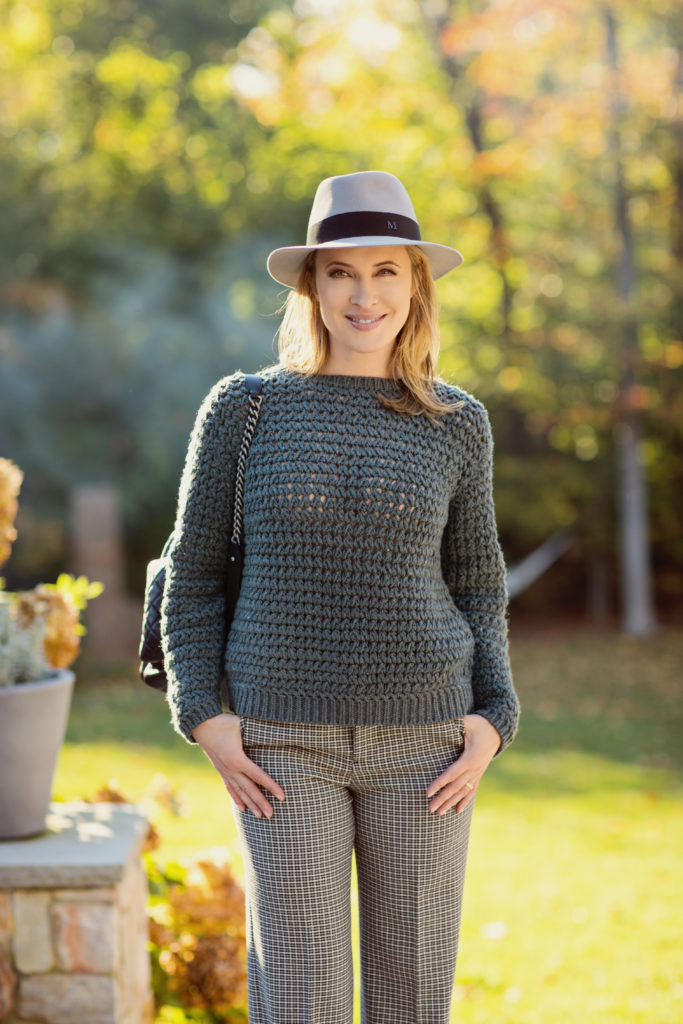
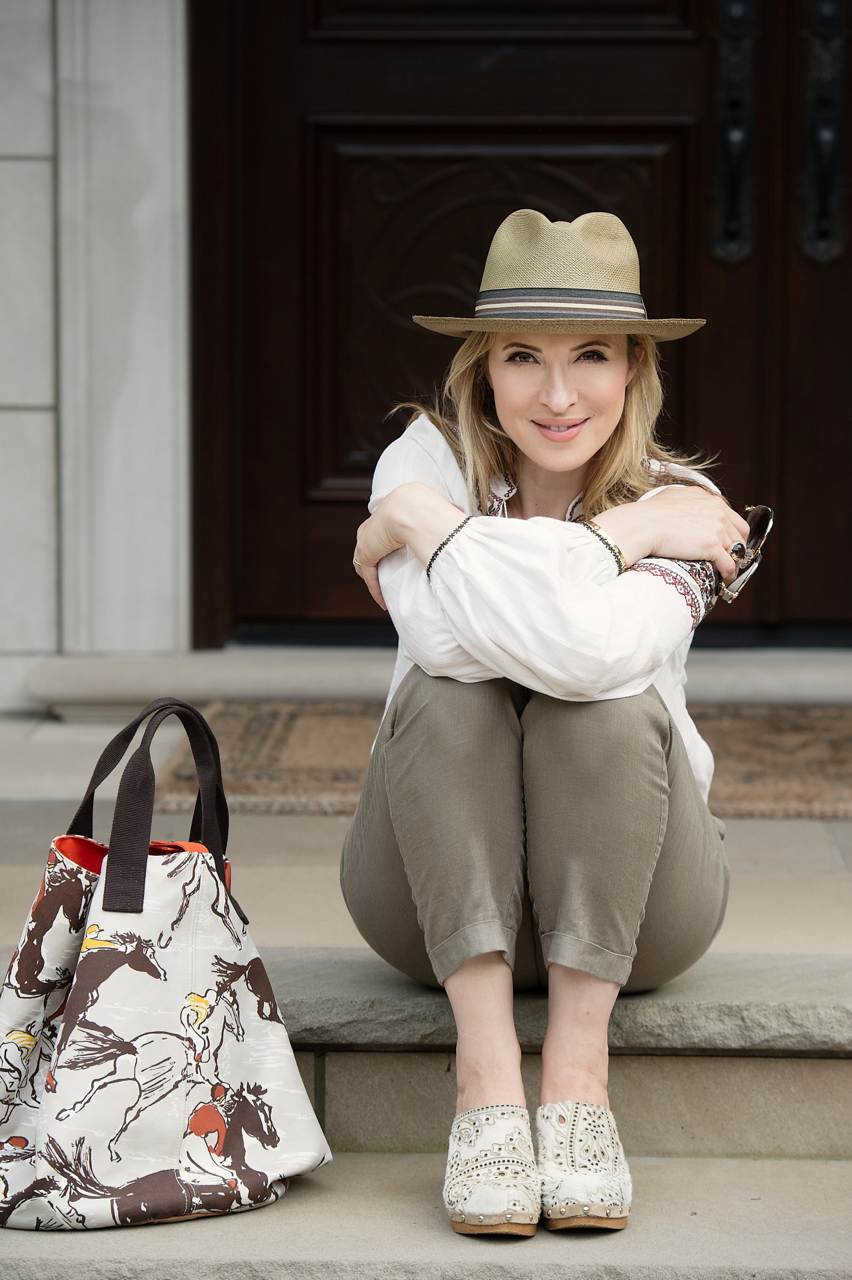








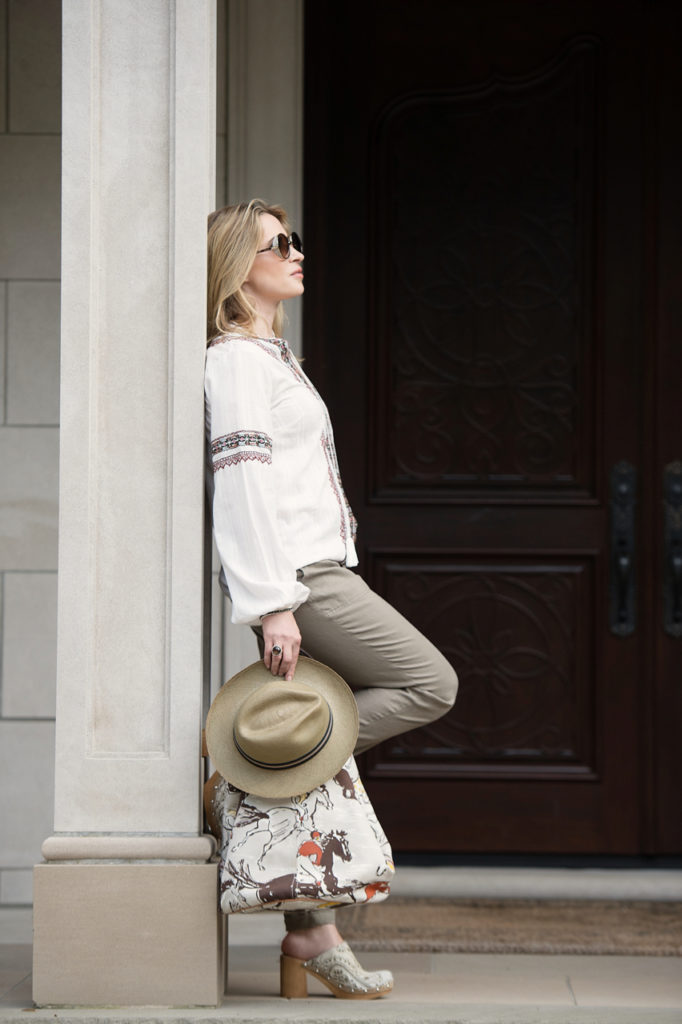
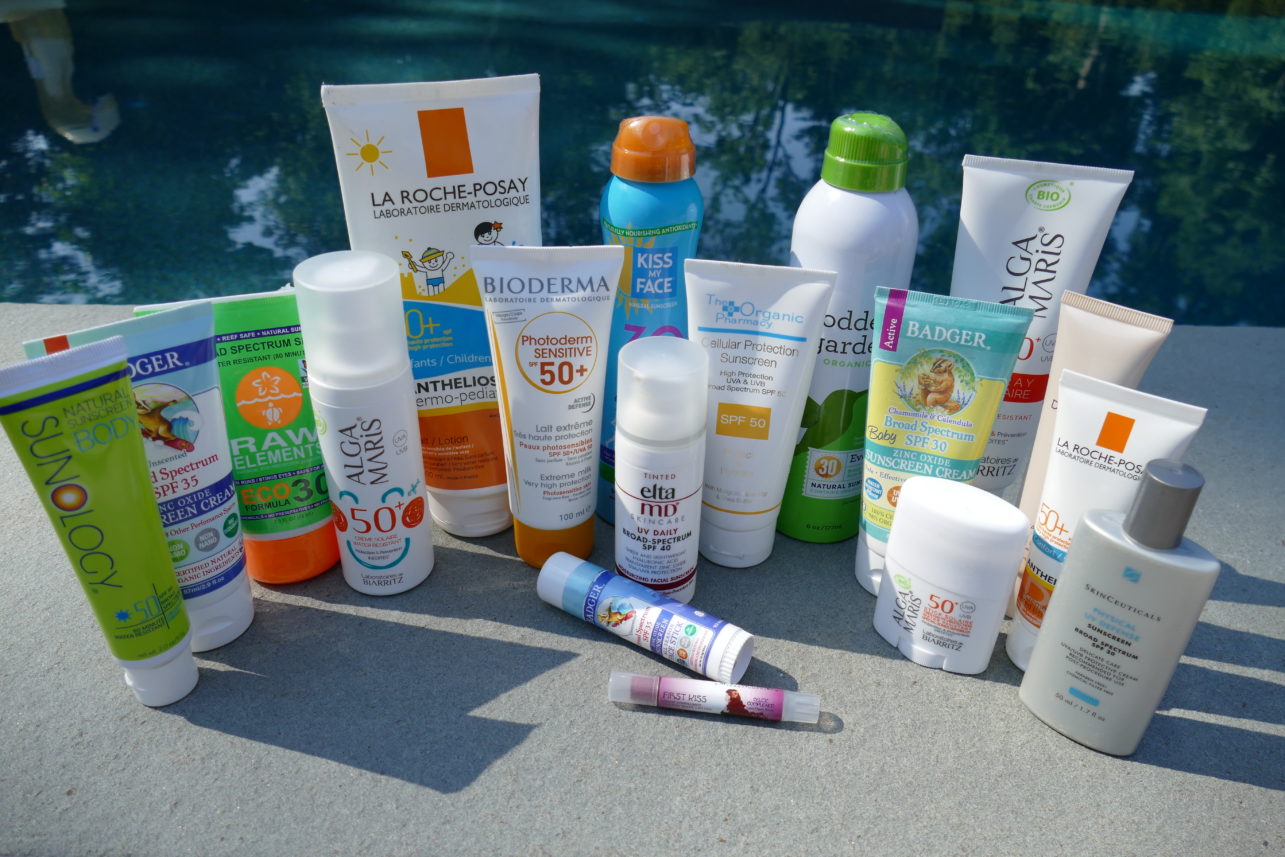
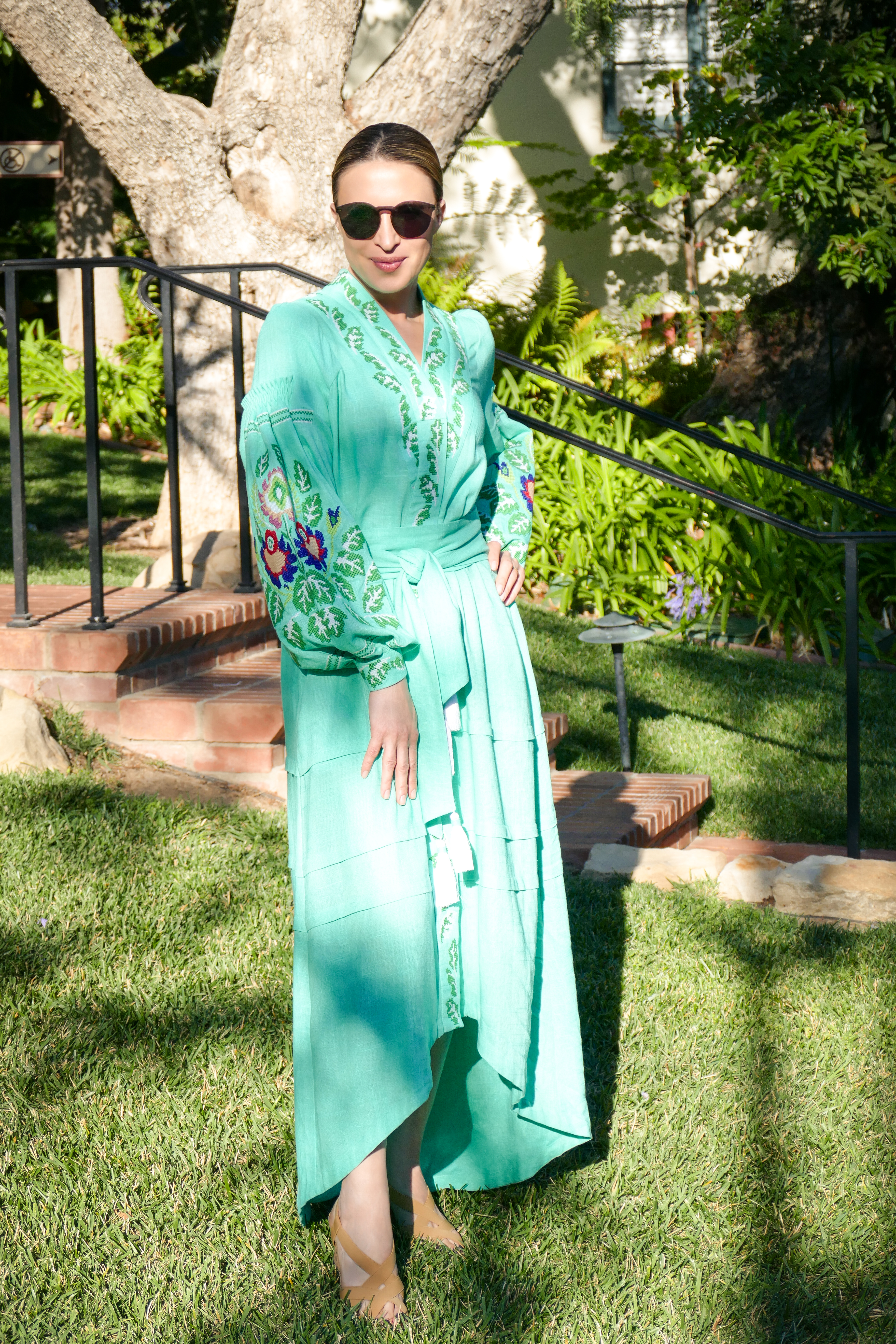

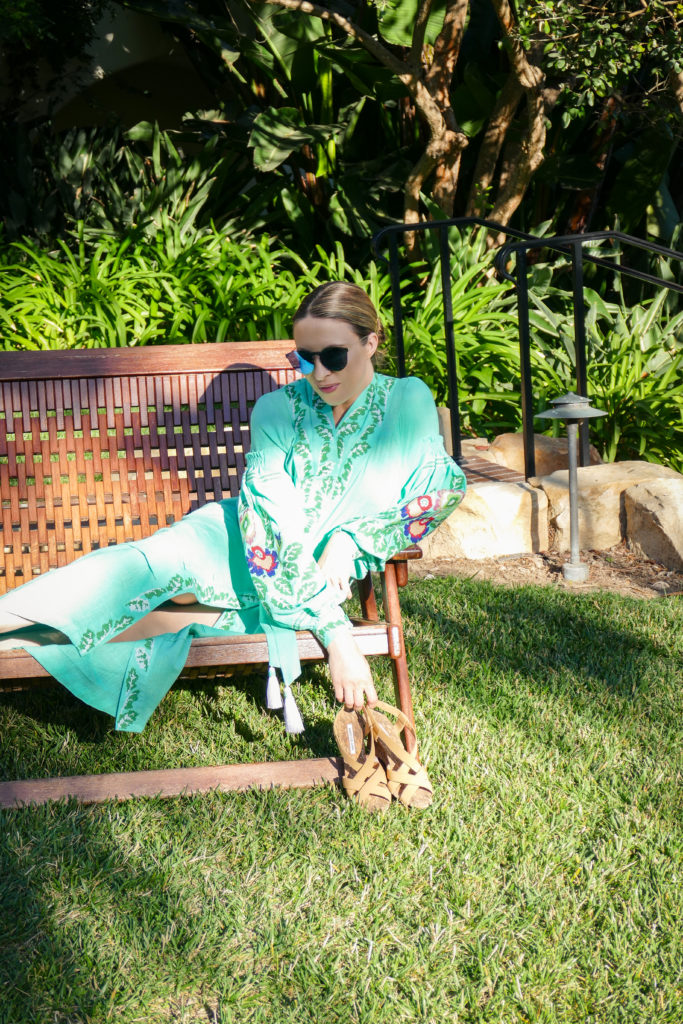
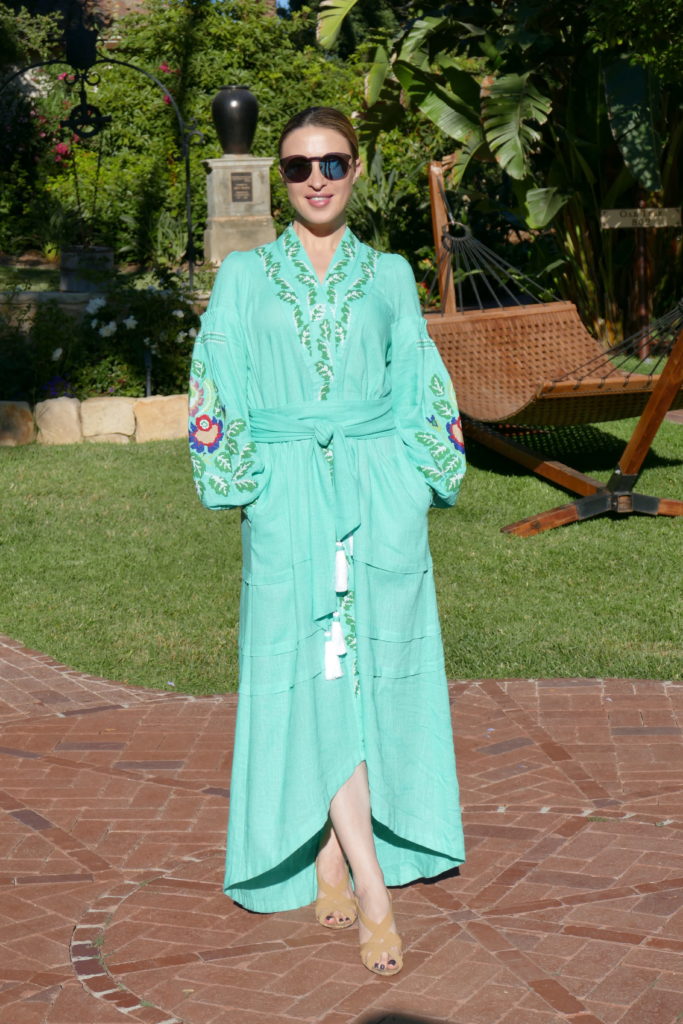
follow me
@notjustapenguin